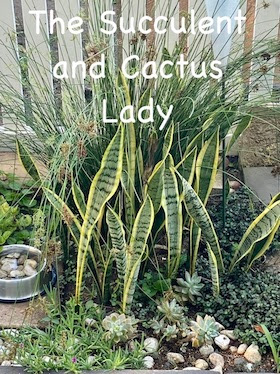Family: Cactaceae
Subfamily: Cactoideae
Tribe: Trichocereeae
Genus: Echinopsis
Echinopsis grows pretty much anywhere. Here in South Africa they can tolerate summer temperatures of 30°C or greater, which is hot enough to spur growth of both Echinopsis pups and their amazing flowers. They also tolerate cold temperatures well during winter months. However, I bring my potted ones inside during hard freezes or their water-filled bodies will freeze as well.
Compared to most cacti, Echinopsis bloom fast and furious. They typically begin blooming in spring. Most blooms only last one or two days and they frequently open at night. But it’s common to have several buds on one plant developing at different rates; so a single plant can be in bloom for several weeks.
As a general rule, the smaller the diameter of the blooms a Echinopsis species produces, the more blooms the plant produces. Species that produce monster blooms (some over 6” in diameter) tend to have fewer blooms as so much plant energy goes into producing each one.
Echinopsis generally begin to produce flowers when they are two or three years old.
Echinopsis is a large genus of cacti native to South America, sometimes known as hedgehog cactus, sea-urchin cactus or Easter lily cactus. One small species, E. chamaecereus, is known as the peanut cactus. The 128 species range from large and treelike types to small globose cacti.
Echinopsis are greatly hybridised, but the species I have in my garden do well throughout summer and winter, always bearing huge, beautiful pink blooms in spring.
Echinopsis flowering next to my Golden Barrel cactus
::
















